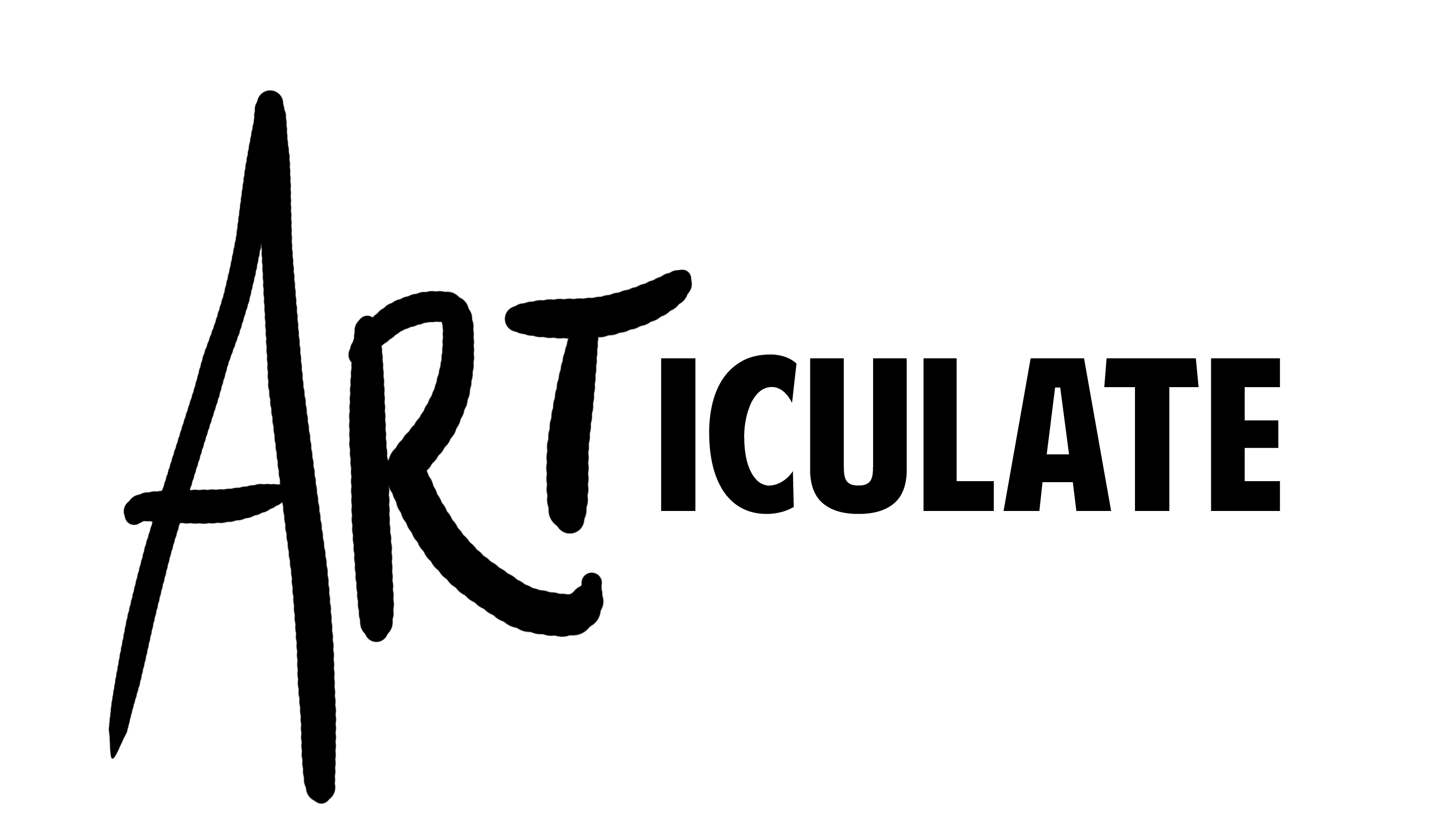
Comic books have become synonymous with superheroes. In the minds of the general public, there is little else that comics could possibly be about. Thus, in an attempt to avoid genre restrictions, the term ‘graphic novel’ was born.
Yet what does it mean to read a graphic novel? While there are many perceptions that illustrated fiction is still the domain of capes and crusaders, the truth is that graphic novels cover as wide a variety of topics as their more wordy counterparts.
One needs look no further than famous graphic novel writer Alan Moore to find a greater depth in the medium. While Moore’s more famous works include superhero epics such as Watchmen and V for Vendetta, the author has written numerous graphic novels that have nothing to do with beings of incredible power. In his graphic novel From Hell, Moore chronicles the horrific, brutal history of Jack the Ripper and presents a stark, realistic portrayal of the events. Indeed it is arguably more real than any other historical account, as life-like illustration adds a new layer of horror to Jack the Ripper’s crimes.
Moore has also explored issues of sexual identity in his work. His graphic novel Lost Girls presents an erotic in-depth look at the tales of Alice in Wonderland, The Wizard of Oz and Peter Pan from the eyes of their female protagonists. The novel, rife with nudity and sexual exploits is not fit for children but challenges a new adult understanding of older stories as well as examines the development of female sexual identity.
In an interview that asked if he only wrote for one genre, Moore denied it adamantly, stating: “Life isn’t divided into genres. It’s a horrifying, romantic, tragic, comical, science-fiction cowboy detective novel. You know, with a bit of pornography if you’re lucky.”
Moore may be the most famous example, but he is far from the only one. Neil Gaiman, another well-known writer, has also used the graphic novel medium to relate complex stories. His series of Sandman novels tell an incredibly rich literary tale with many forays into myth, fable and historical anecdotes. The main character, Sandman, while possessing supernatural abilities, has far more in common personality-wise with protagonists like Dorian Gray than with superman.
There are also many graphic novel versions of famous literary works. Classics like The Scarlet Letter, Pride and Prejudice, Moby Dick, and A Tale of Two Cities have all had graphic novel adaptations yet many would not associate these works with the common perception of comics. This transformation has opened the readership of these classics into a wider audience. Any readers out there that are put off by the perceived wordiness of older literature will be more likely to read the graphic novel version. It follows the saying: a picture is worth a thousand words.
If the process can work one way, then logically it can work the other. Would The Sandman and From Hell gain more recognition with the illustrations removed or would they lose the feature that enhanced their effectiveness? There is a good chance that many out there who feel that graphic novels are only for children would read and appreciate these books if they were in a different format. These are literary prejudices and they should end, on both sides. Books should be appreciated as books and graphic novels should be able to have serious literary value in their illustrated form. It is time for society to recognize the value of the graphic novel medium.



